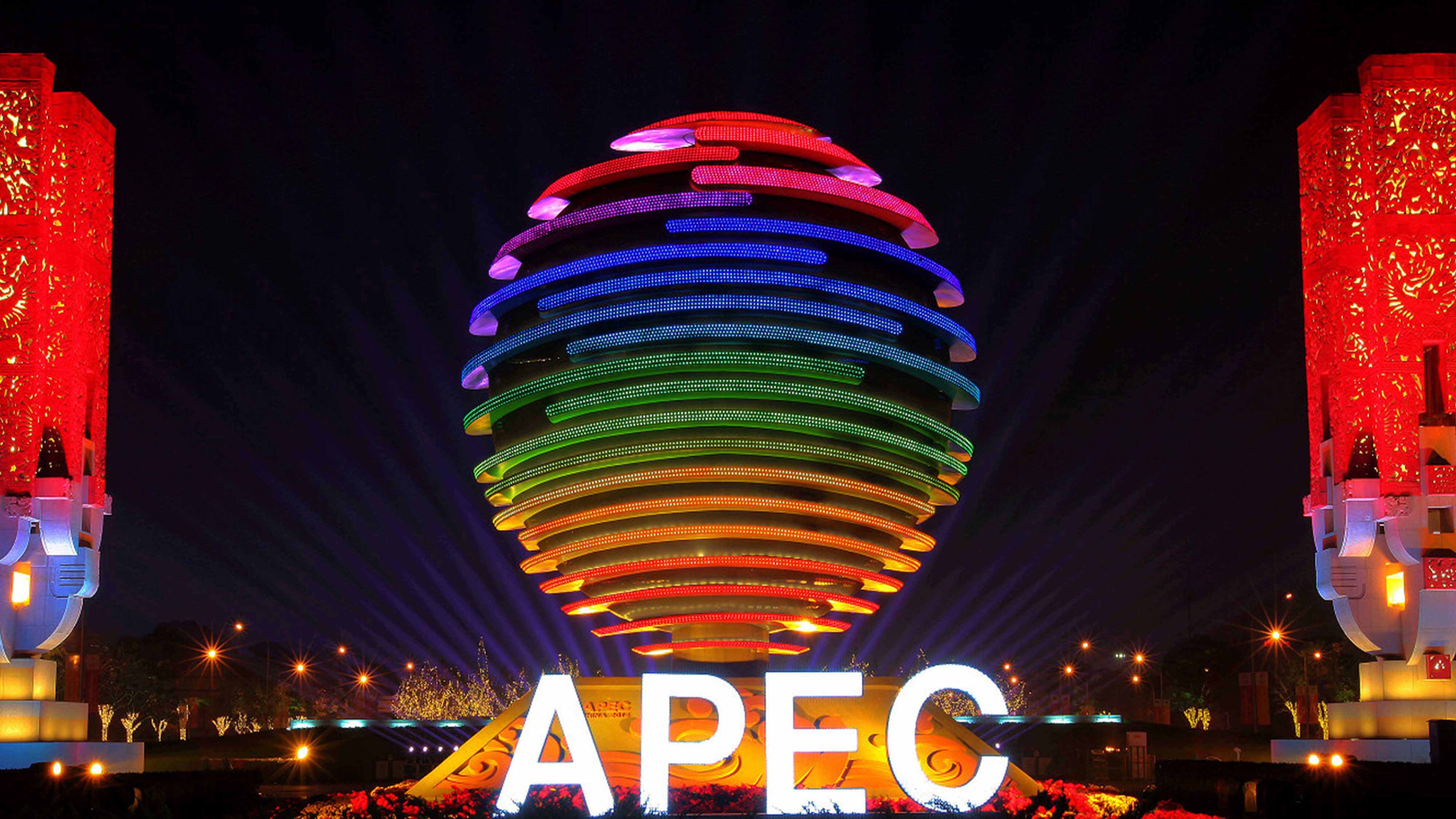
Business
15:25, 13-Nov-2017
APEC milestones over the decade
CGTN's Chen Xiaoshu

The APEC Ministerial Meeting and Economic Leaders’ Meeting have ended in Vietnam. Here’s a roundup of major accomplishments of previous years.
2007
Climate change was high on the agenda. APEC member economies had an in-depth discussion on weather issues and passed the Sydney APEC Leaders' Declaration on Climate Change, Energy Security and Clean Development.
2008
A new growth mode was in focus. APEC resolved to pursue balanced, inclusive and sustainable growth, issuing the Singapore Declaration that said APEC’s common goal remained the same – to support growth and prosperity in the Asia-Pacific through free and open trade and investment.
2009
The spotlight was on economic growth and trade. APEC focused on the social aspects of trade and reducing the gap between developing and developed members. Leaders also addressed the global financial crisis
2010
All eyes were on economic integration. APEC leaders issued the Yokohama Vision to provide a road map to realize an economically-integrated, robust and secure APEC community.
2011
Members zoomed in on closely-connected regional economies. The Honolulu Declaration was issued with APEC leaders committing to taking concrete steps toward a seamless regional economy, addressing shared green growth objectives and advancing regulatory cooperation and convergence.
2012
Integration and innovation were heavily emphasized. APEC economies endorsed a list of environmental goods to contribute to green growth and sustainable development objectives. APEC touched also on transparency as the next generation trade and investment issue.
2013
Focus was on building a dynamic Asia-Pacific region. Measures to enhance regional connectivity were endorsed, including an APEC Multi-Year Plan on Infrastructure Development and Investment prioritizing public-private partnership projects.
2014
A vision of the future was of greatest importance. APEC leaders committed to greater regional economic integration by endorsing a road map to translate the vision for a Free Trade Area of the Asia-Pacific (FTAAP) into a reality. Members implemented the first-ever APEC Connectivity Blueprint to achieve targets for better physical, institutional and people-to-people linkages across the region by 2025.
2015
Micro enterprises took center stage. APEC leaders united behind the opportunity to build an inclusive economy in a bid to make economic growth felt in more sectors of society. Acknowledging uneven global growth and the presence of risks and uncertainty in the global economy, leaders agreed to set forth policy enablers for the integration of micro, small and medium enterprises in regional and global markets; to build sustainable and resilient communities, develop human capital and enhance regional economic integration.
2016
The theme was growth and human development. APEC leaders reaffirmed member economies’ confidence in international trade as a mechanism for achieving positive economic and social change. Specifically, they expressed support for advancing regional economic integration and the growth agenda; developing human capital; modernizing micro, small, and medium businesses; and enhancing the regional food system. In line with these priorities, APEC put forward policy commitments for members to move toward sustainable economic integration.
29km

SITEMAP
Copyright © 2018 CGTN. Beijing ICP prepared NO.16065310-3
Copyright © 2018 CGTN. Beijing ICP prepared NO.16065310-3